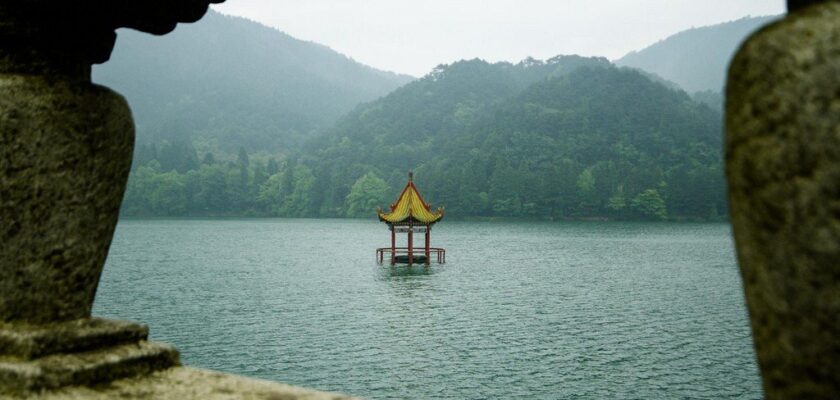Lushan National Park
Lushan National Park is a mountainous region of stunning beauty, home to the great peak of Hang Yan, 1,474 meters above sea level. Summer freshness is what the mountainous region 120 kilometers north of Nai Chan has been particularly famous for over a thousand years. The first to praise Lushan was not anyone but Li Bo himself, followed by many others. For a long time Lushan National Park was also popular with foreigners, as evidenced by the villas built since 1895 by European and American merchants and diplomats from Shanghai, Wuhan or Nanjing. Wealthy Chinese, including Chiang Kai-shek, also settled here. While the park’s fame abroad faded after 1949 – today you can hardly meet non-Chinese here – in China it only increased, because since then members of the state and party leadership have spent part of their summer vacations in Lushan. Lushan National Park is a UNESCO World Heritage Site.
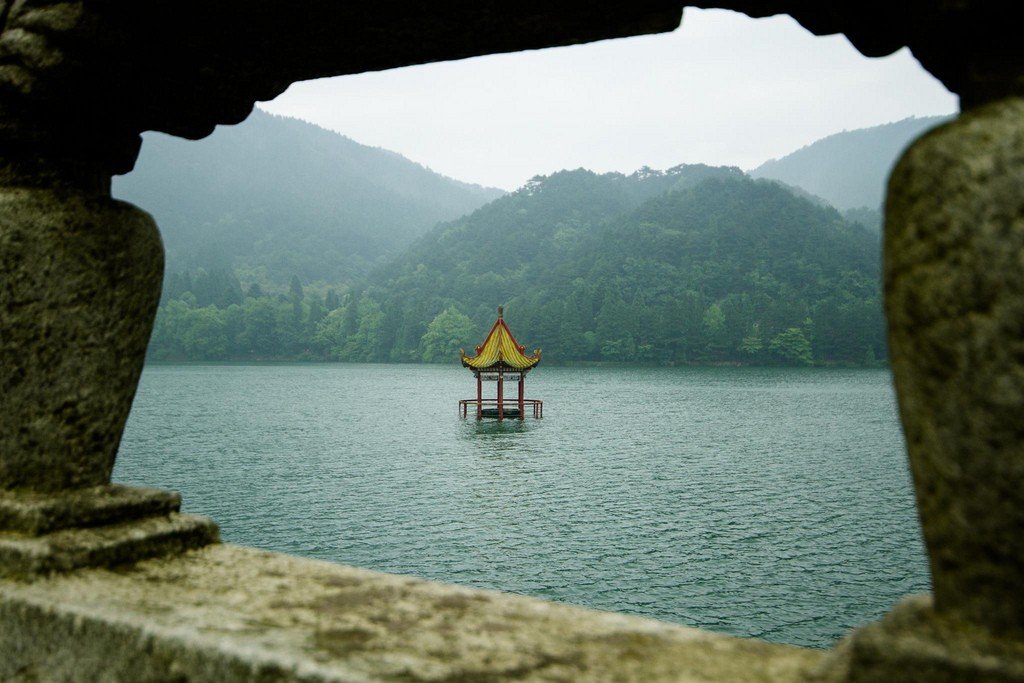
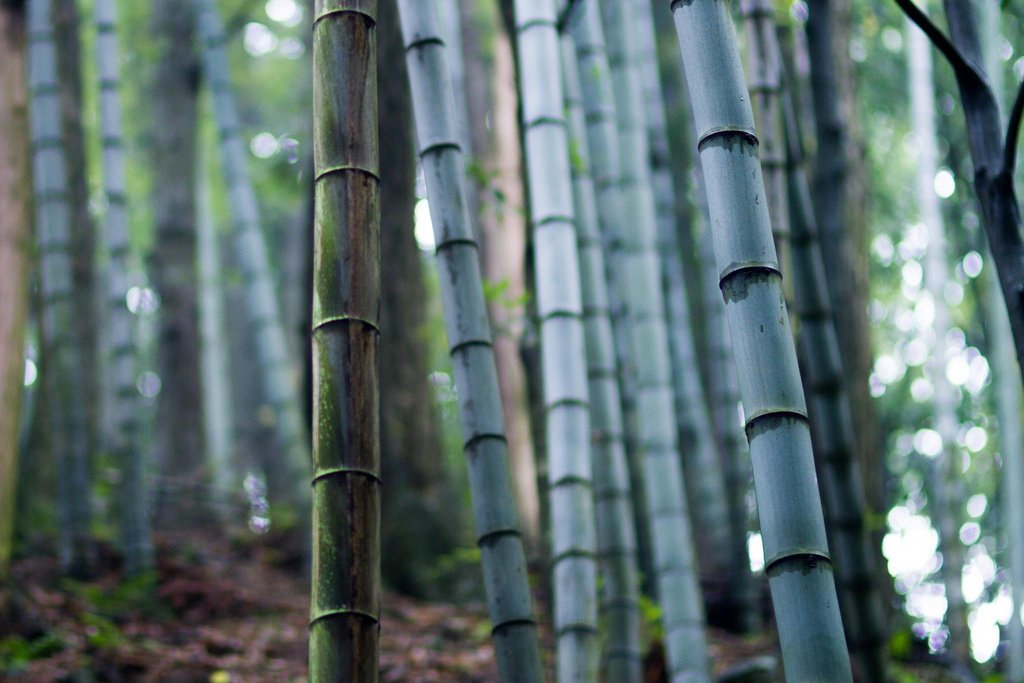
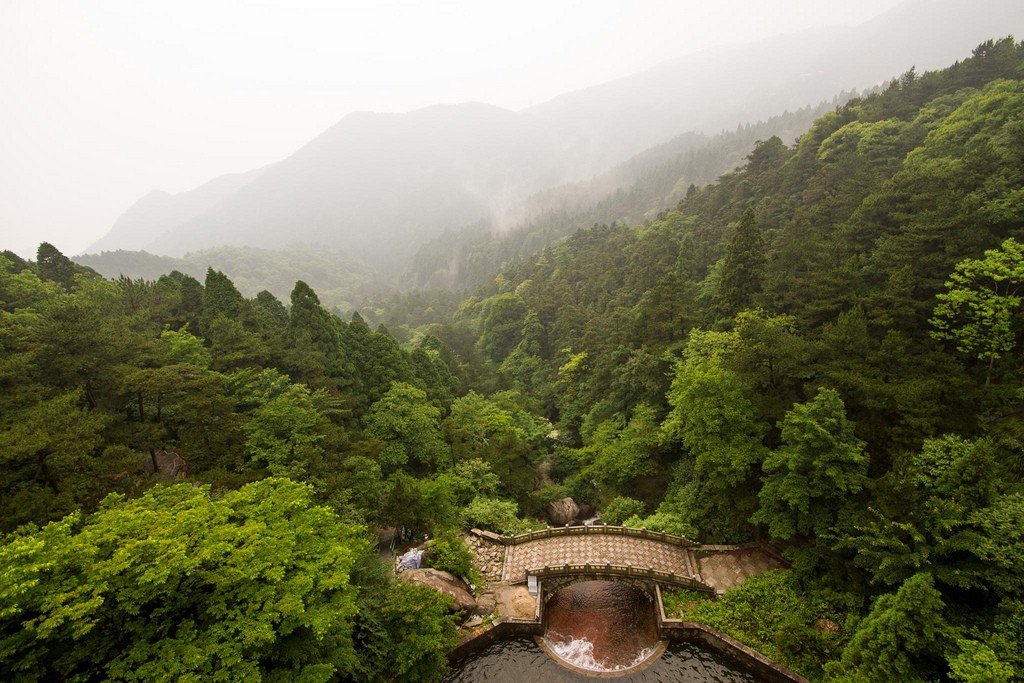
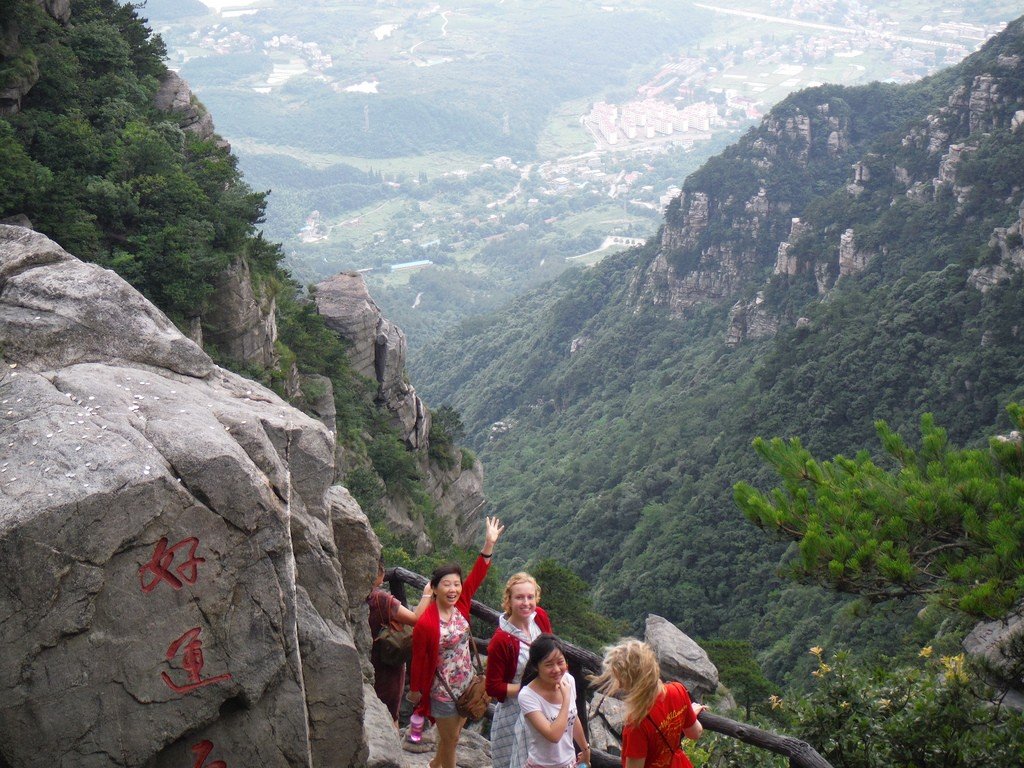
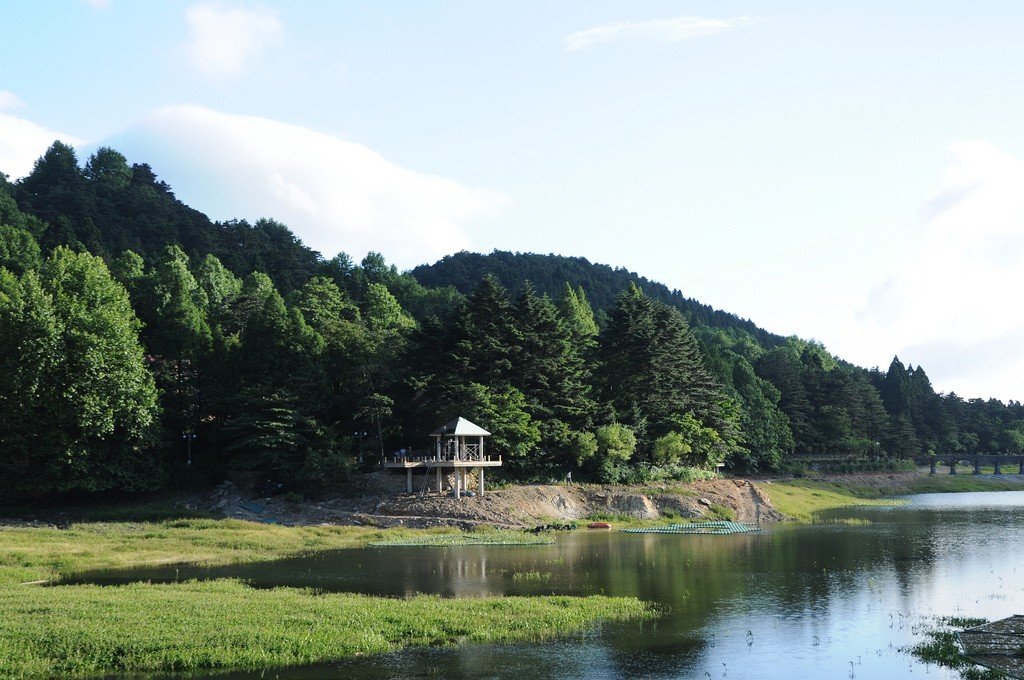
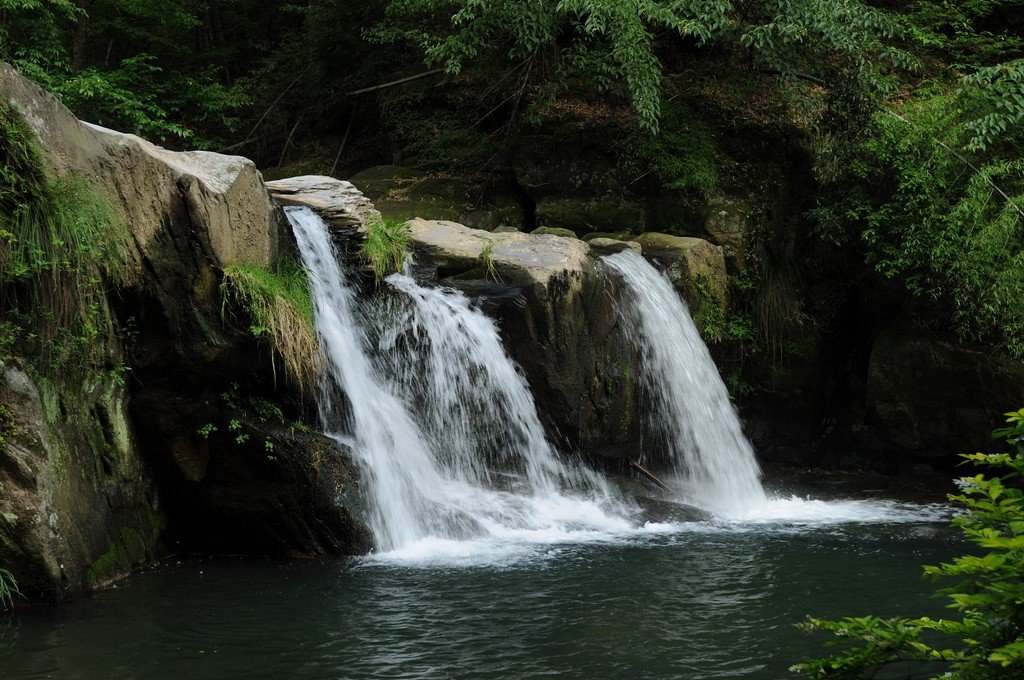
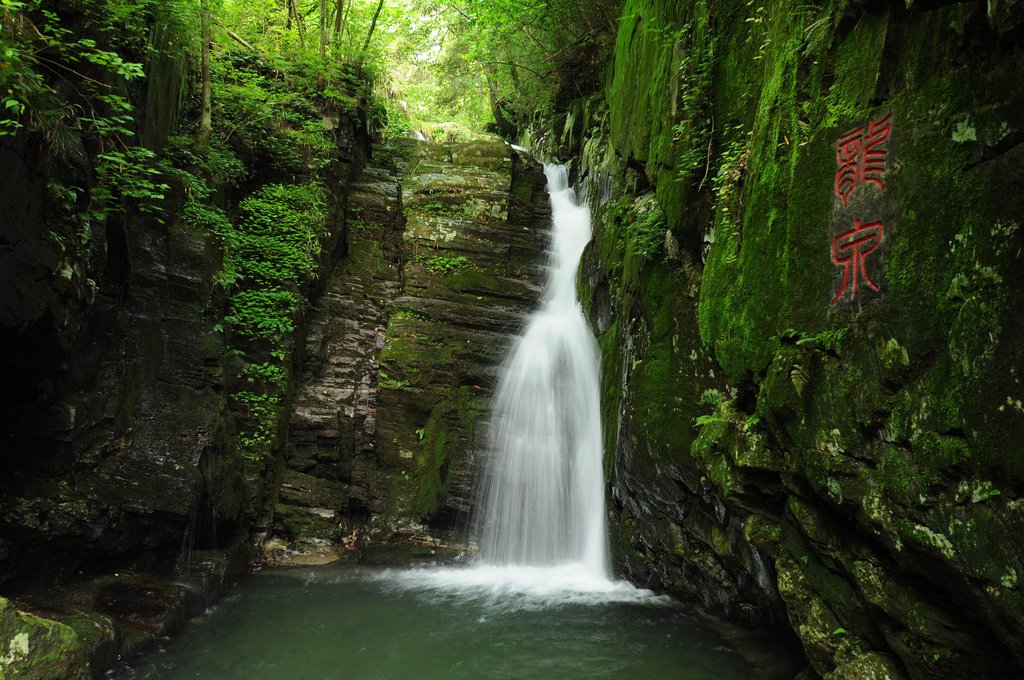
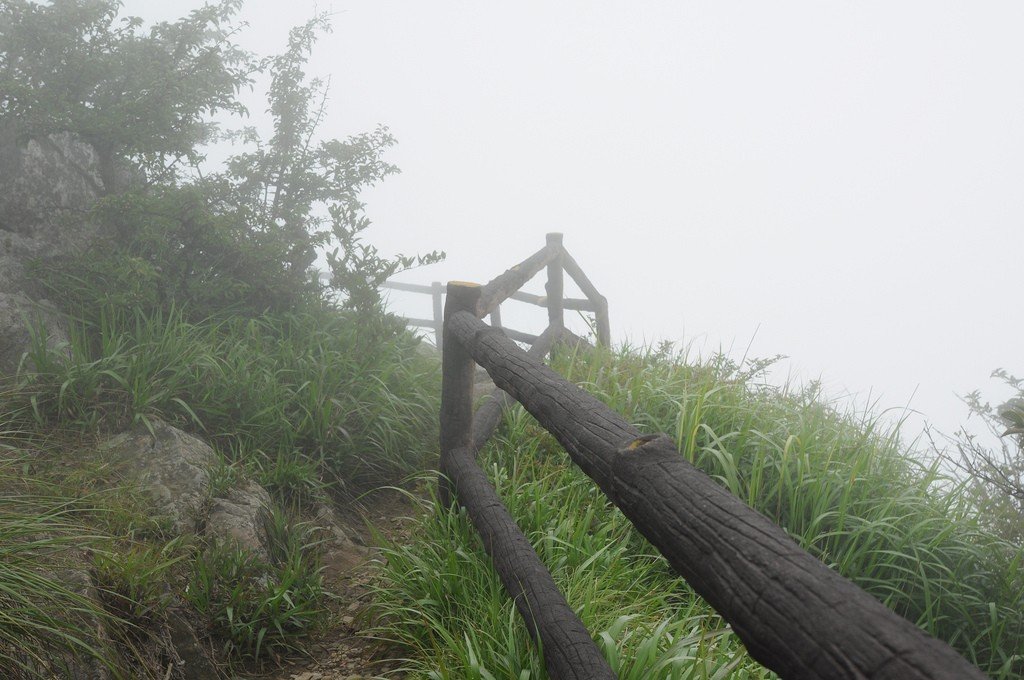
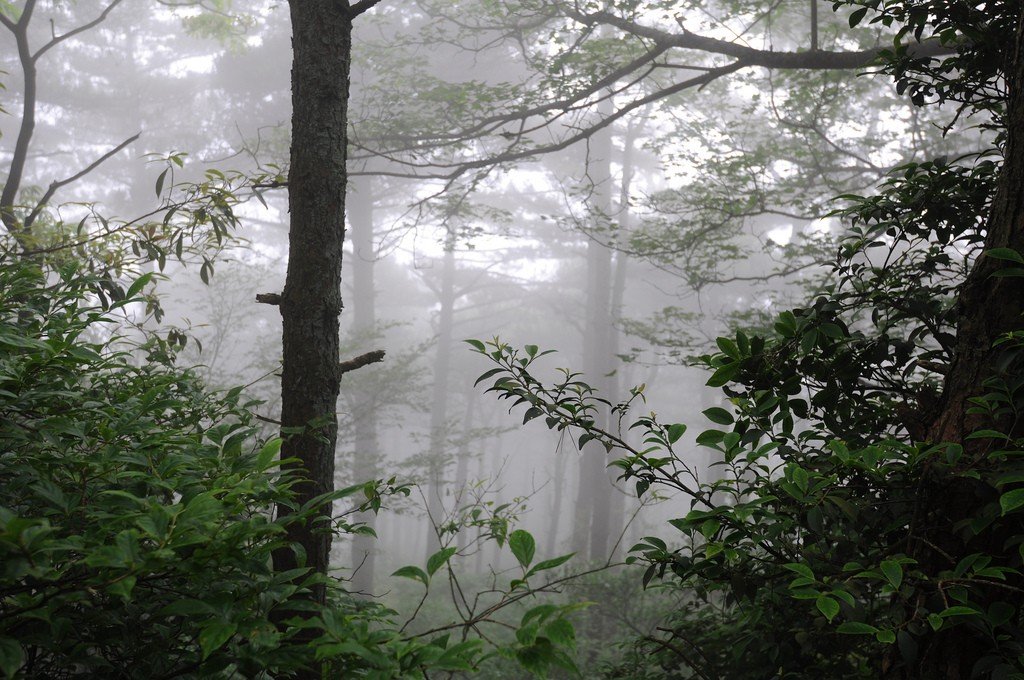
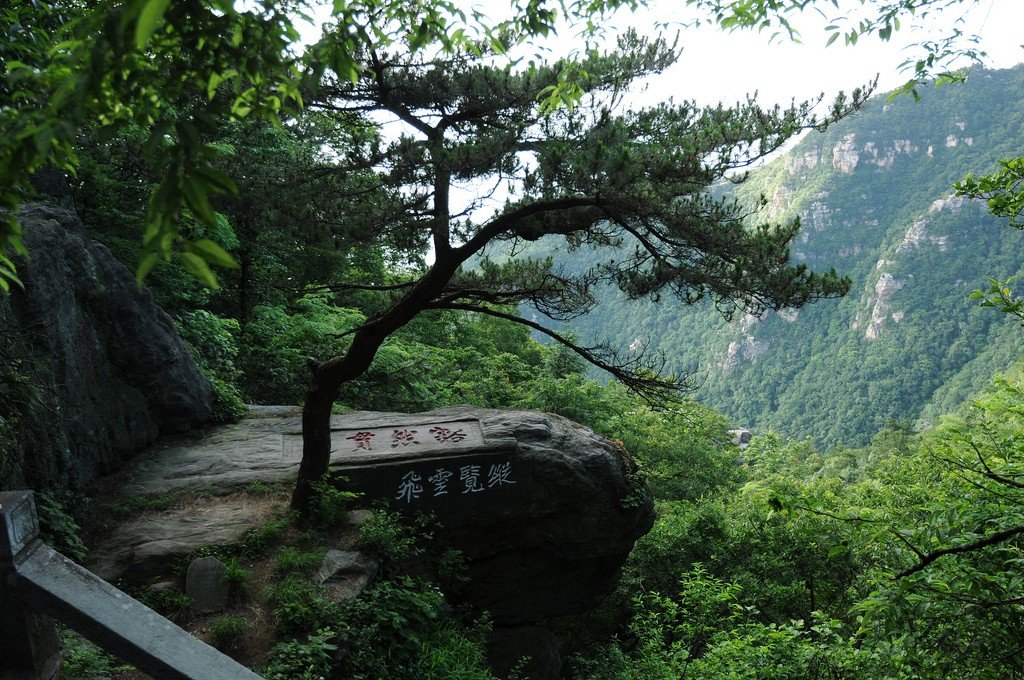
Gulin
Gulin is a village of vacation homes in the northeast of Lushan National Park. Some of the old villas and hotels are dilapidated, while others have already been restored. Evangelical and Catholic churches have also been preserved. In the north of Gulin (formerly called Culin) lies the modern core of the town with more dense development. There are stores and cute little restaurants.
.Villa Mailu
Built in 1903 by a certain British lord, the imposing house in the north of the Gulin cottage district on Hedong Lu Street served as the summer residence of Chiang Kaishi and his wife from 1933. In 1959 and 1961, Mao lived here. Today the entrance is free to the general public. The furnishings of those years have been preserved. Opening hours: daily. 8.00-17.30.
Lushan Museum
The Lushan Museum sign now adorns a 10,000-square-meter villa built for Mao in 1960-61 (at the height of the country’s famine!) on Huanhu Lu (the eastern shore of Lake Lulinhu). However, Mao used it only twice. You can see the chief’s living room and bedroom, the room of his third wife Jiang Qing, as well as exhibitions on the history, cottage architecture and geology of Lushan. Opening hours: daily. 8.10-18.30, admission until 17.00.
.Hiking in Lushan District
Although Lushan can’t compete with Huangshan or Wuyishan mountains in terms of scenery, there are many beautiful sights to see on hikes (and cable car rides), including rocky gorges, peaks, caves, forests, streams and waterfalls. It will take at least three, and preferably four days to see everything, and even then you will only have to drive a few times for short distances. It is necessary to agree (for example, at the hotel reception desk) on the daily price for a cab, which should be about 100 yuan; if you don’t need a car for the whole day, stipulate with the driver (ask for his advice if necessary) where and when to pick you up and take you back.
.Route 1
Route 1 runs through the northwestern part of the region. It includes the 1,450-meter-long rock path over the Brocade Valley (Jinshugu), the so-called Manjushri Terrace, and the Valley of Stone Gate (Shimynjian), which can be accessed via the Xinglong cable car, unless you want to descend the steep stairs past the looming Dragon Head Rock (Luntouya); then take the cable car back up and continue east to the waterfalls of Black Dragon Pond (Heiluntan) and Yellow Dragon Pond (Huanglongtan), before winding through the forest to the Yellow Dragon Temple (Huanglongsi). Route 1 ends at Lulinhu Lake, where, if you don’t arrive too late, you can still explore the Lushan Museum.
.Route 2
Route 2 leads to the tourist sites in the southeast and east of Lushan National Park: from Hanpokou Lookout Terrace, take the cable car down to White Crane Valley (Baihejian) with its high waterfall and back, then take a cab to the Five Elder Peaks (Wulaofing), which are closely adjacent to each other and do not require mountaineering skills – in clear weather there is a view of Poyanhu Lake. Then you can descend to the small settlement of Qinglianxi to the north. The last part of the route is difficult to climb on the same day, even if you take a cable car; the goal is the Triple Waterfall, which drops from a height of 155 meters. This route is complemented by a visit to the botanical garden near Hanpokou.
.